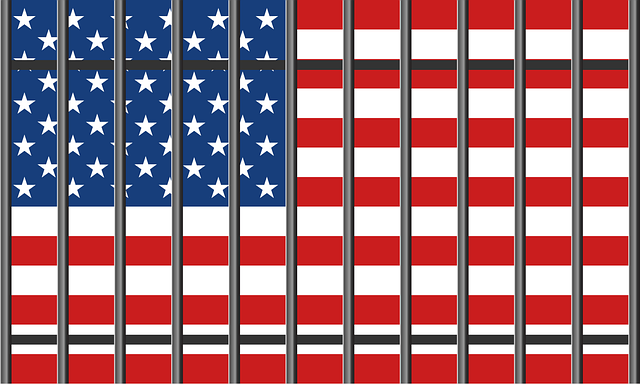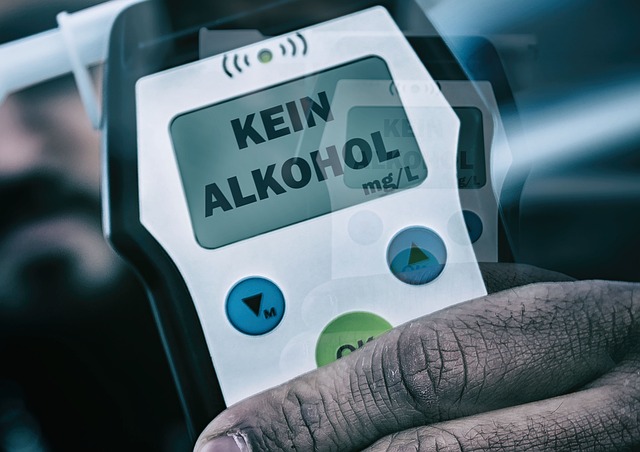Vehicle impoundment, a strict consequence of DUI laws, serves as a powerful deterrent and hold for accountability. By removing vehicles from impaired drivers, communities send a clear message against drunk driving, enhancing safety by reducing hazardous vehicles on the road. This method balances deterrence with rehabilitation, encouraging offenders to seek alternative transportation or support while contributing to community service projects that promote personal growth and restore relationships, acting as a deterrent for others facing similar legal repercussions.
Community service offers a powerful path to redemption and amends, especially for those who’ve faced legal repercussions. This article explores how innovative approaches like vehicle impoundment serve as deterrents in cases of vehicle-related offenses, while also emphasizing the therapeutic benefits of community service in DUI (Drunk Driving) cases. We delve into the balance between accountability and rehabilitation, highlighting how these strategies not only reform but also strengthen communities. By examining these legal tools, we uncover a promising synergy for personal growth and societal well-being.
- Vehicle Impoundment: A Tool for Accountability
- DUI Law: Balancing Deterrence and Rehabilitation
- Community Service: Redemption Through Action
Vehicle Impoundment: A Tool for Accountability

Vehicle impoundment serves as a powerful tool in holding individuals accountable for their actions, especially under the context of DUI laws. When someone is convicted of driving under the influence, one of the potential consequences is the temporary or permanent seizure of their vehicle. This measure not only deters future offenses but also ensures that those who break the law face direct repercussions.
By impounding vehicles, communities can send a clear message that drunk driving will not be tolerated. It acts as a financial and practical deterrent, making it more challenging for individuals to engage in such risky behavior. Additionally, vehicle impoundment can free up resources by reducing the number of at-risk vehicles on the road, thus enhancing public safety.
DUI Law: Balancing Deterrence and Rehabilitation

The DUI (Driving Under the Influence) law is a delicate balance between deterrence and rehabilitation, two key aspects crucial to community safety and offender reform. One significant consequence often associated with DUI offenses is vehicle impoundment—a strategic measure aimed at discouraging impaired driving while also facilitating rehabilitation. When an individual is arrested for DUI, their vehicle may be seized and held for a specified period, preventing them from further engaging in reckless behavior.
This strategy has its merits; it acts as a strong deterrent by removing the means of transportation commonly used to commit such crimes. However, it also serves as a catalyst for change, encouraging individuals to seek alternative forms of transportation or support systems that address the underlying issues contributing to their impaired driving. By combining deterrent measures like vehicle impoundment with rehabilitative approaches, the DUI law strives to create a safer community while offering a chance for personal growth and transformation.
Community Service: Redemption Through Action

Community service offers a powerful avenue for redemption, especially in cases involving vehicle impoundment and DUI law. When individuals face consequences such as license suspension or vehicle seizures due to driving under the influence, community service can serve as a transformative experience. It provides an opportunity for them to give back and make amends to their communities, demonstrating a commitment to change and personal growth.
By participating in community service projects, individuals can gain a new perspective on the impact of their actions. They may assist in local cleanup efforts, support organizations aiding vulnerable populations, or offer direct care to those in need. This hands-on approach not only helps to restore relationships with the community but also fosters a sense of responsibility and accountability. In turn, it can be a powerful deterrent for others facing similar legal challenges, encouraging them to prioritize safety and make positive choices.
In conclusion, both vehicle impoundment as a tool for accountability and DUI law’s focus on deterrence and rehabilitation play crucial roles in ensuring public safety while offering opportunities for individuals to find redemption through community service. By balancing these measures, communities can foster not only accountability but also personal growth and positive social contributions.






